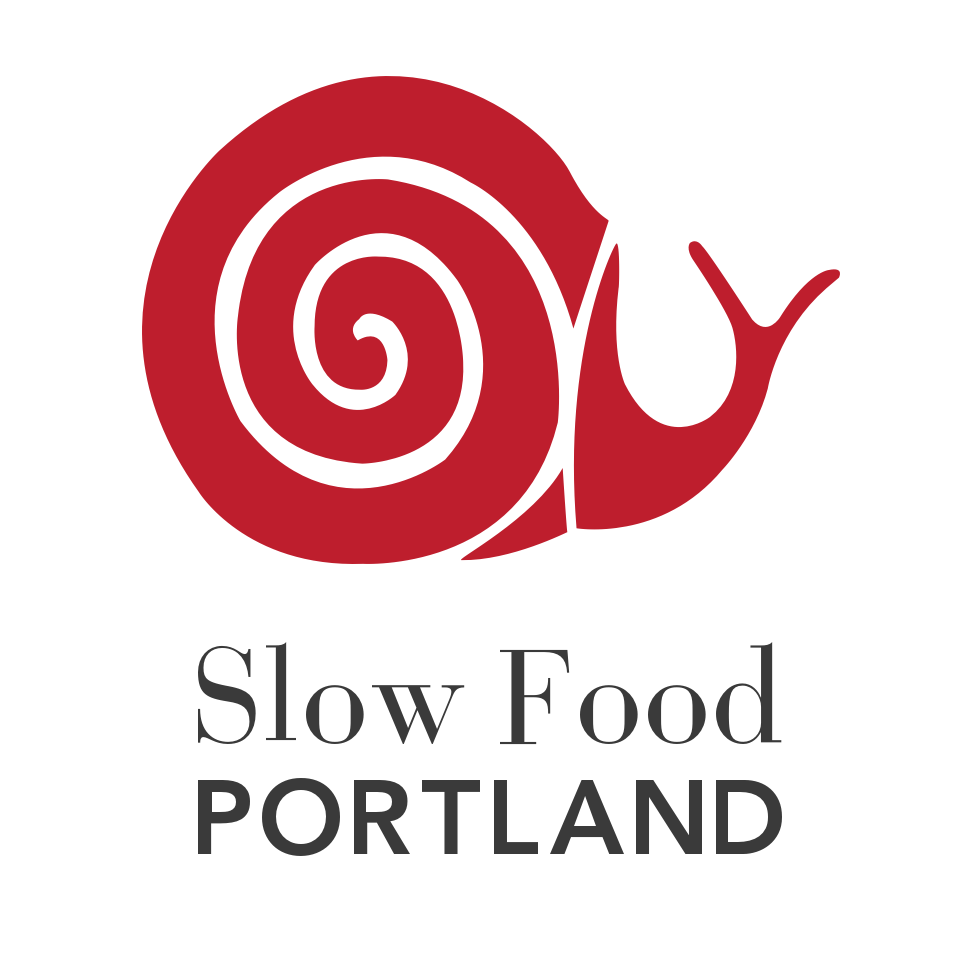Hot Ag Bills in the 2024 Oregon Legislature
Oregon is a great place for farming, with rich soils and a (mostly!) benevolent climate, and visitors and residents enjoy the resulting bounty of local food, other farm products, farmers markets, and agritourism. However, development and other pressures threaten our farming communities and make it harder for those who don’t already own land to continue this legacy.
At the February 22 Convivium, Ivor Kincaide of the Oregon Agricultural Trust (OAT) and Mary Kyle McCurdy from 1000 Friends of Oregon discussed how bills in front of the Oregon Legislature’s 2024 session, running Feb. 5-March 10, addressed some of those pressures.
OAT helps landowning farmers secure conservation easements, which are funded by both the federal government through the Farm Bill and through the Oregon Agricultural Heritage Program and are one of the most powerful tools for keeping farmland affordable. The easements are voluntary real estate contracts, recorded like deeds, which permanently limit the use of the land to farming.
At the farmer’s request, the land is assessed for its total value, which could include agricultural production as well as development potential, mining potential and more. A value is assigned to each of these potential uses —say $1 million total. Then the farmer is paid for the non-agricultural potential uses, and the property value is restricted to the agricultural value only—say $300,000. The farmer can sell the property for that lower amount—and only to someone who will keep the land in farming. OAT helps farmers get the easements and also monitors their compliance with the agreements. “We end up in long-term relationships with these landowners,” Kincaide says.
There has so far been more interest in conservation easements from the farming community than there has been funding. House Bill 4060 requested $10.8 million for the Oregon Agricultural Heritage Program, and the 2024 legislative session wound up approving half that amount for the next two years—only the second time the program has been funded since its founding in 2017. While the entire amount would, of course, have been preferable, this new influx of dollars means that OAT will be able to expand this important work. “We did just one project in Eastern Oregon in 2023 that was 27,000 acres, protecting a large ranch that also had excellent sage grouse habitat,” Kincaide says. “That’s just one transaction but an unusually large one.”
Another win for farmers, and eaters everywhere, was the passage of House Bill 4059, which extends existing protections for brassica seed farming in the Willamette Valley Protected District from cross-contamination from canola, a brassica that cross-pollinates easily and is one of the most common GMO crops in the world. The Willamette Valley, and the Green Corridor extending into Washington and B.C., is one of the last places in the world where brassica seeds can be grown. Farmers around the world depend on the seeds grown here in the Willamette Valley. These HB 4059 protections will expire in January 2028, so this issue will be addressed again in future legislative sessions with an aim to pass permanent protections. Friends of Family Farmers offers a comprehensive overview of this important issue.
Governor Kotek’s housing bill –which was approved by the legislature--raised new concerns about Oregon land use. 1000 Friends of Oregon supported several parts of the bill, but opposed the fact that it will allow cities to expand their urban growth boundaries by 50 or 100 acres for residential and other uses, without following our existing land use laws, and only requires that 30% of the new housing be affordable. “The bill sets a precedent for going around our land use laws,” Mary Kyle McCurdy says. “It’s being trumpeted as dealing with the housing crisis, but the private sector will be building market-rate housing. And all of this is going in the wrong direction for climate change, fire, and drought. McCurdy points out that cities already have land inside their urban growth boundaries that are designated for residential use—at least 10,000 acres, in some very large parcels, but lacking infrastructure. “We need to use our existing land more efficiently,” she says.
Editor’s note: Also visit the Oregon Food Bank for more updates from the 2024 legislative session.
